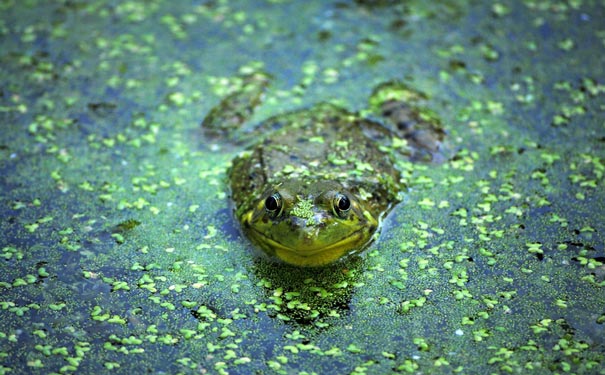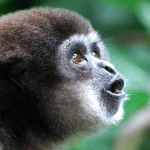
The Northern leopard frog (Rana pipiens) is closely related to the new species. Image: Shutterstock
No need for a trip to a remote, exotic location, this elusive amphibian has been living in plain sight — and some of its ‘friends’ might save our lives.
Amazed biologists have discovered a new species of leopard frog in the concrete jungle of New York City. For years, the sly specimen has been mistaken as belonging to a common variety of leopard frog, which it closely resembles.
“For a new species to go unrecognised in this area is amazing,” said Brad Shaffer, biology professor at the University of California at Los Angeles. “This shows that even in the largest city in the US, there are still new and important species waiting to be discovered.”
The discovery of Rana sp. nov. (which means new frog species; the scientist haven’t settled on a new name) not only highlights the importance of urban areas in terms of conservation and biodiversity, but also illustrates the power of genetic testing in parsing more finely those animals that may be nearly identical in appearance, but are actually different species.
And in another stroke of luck, two researchers have rediscovered a long-lost frog in the tiny African country of Burundi. Known as the Bururi long-fingered frog (Cardioglossa cyaneospila), the species hadn’t been seen for over 60 years and was thought to be extinct.
“I thought I heard the call and walked toward it, then waited,” said David Blackburn, member of the California Academy of Sciences, in a statement. “In a tremendous stroke of luck, I casually moved aside some grass and the frog was just sitting there on a log.”
Blackburn and his partner Eli Greenbaum, who works at the University of Texas, hope to demonstrate that Burundi contains rare and endemic species, and wish to work with the local community to make a strong case for preserving their remaining natural habitats.
But that’s not all.
Frog-licking scientist Valerie Clark has made an additional discovery: she determined that some toxic frogs secrete sugars and bile acids in addition to their poisons.
For the past five decades, scientists have skinned frogs and ground up their skin to study its chemistry, primarily focusing on extracting the toxins for pharmaceutical applications. Now Clark, alongside her father William Clark, has co-created and used an electro-stimulation device to help extract chemicals out of skin glands without killing the frogs.
The device helped isolate bile acids and sugars never before seen on frogs of the Mantella genus of Madagascar. Based on chemical analysis, the researchers suggest bile acids and sugars exist in roughly the same amounts but outnumber the mass of poison alkaloids by roughly ten to one on the frogs.
Although it is still uncertain why the skins secrete sugars and bile, Clark suspects the sugars — obtained from the ants the frogs eat — may have a protective function in the amphibians’ damp, moldy environments.
“During times of war, soldiers have taken sugar and rubbed it into their wounds to prevent infection,” Clark said in an interview with National Geographic News. As for the bile acids, she imagines they may help explain the frogs’ immunity to the ant-borne poisons.
Despite these amphibious discoveries, what we can really learn from this new knowledge is how much there is to still explore and uncover — from Africa, to our very own back yards.
Sources: Science Daily






